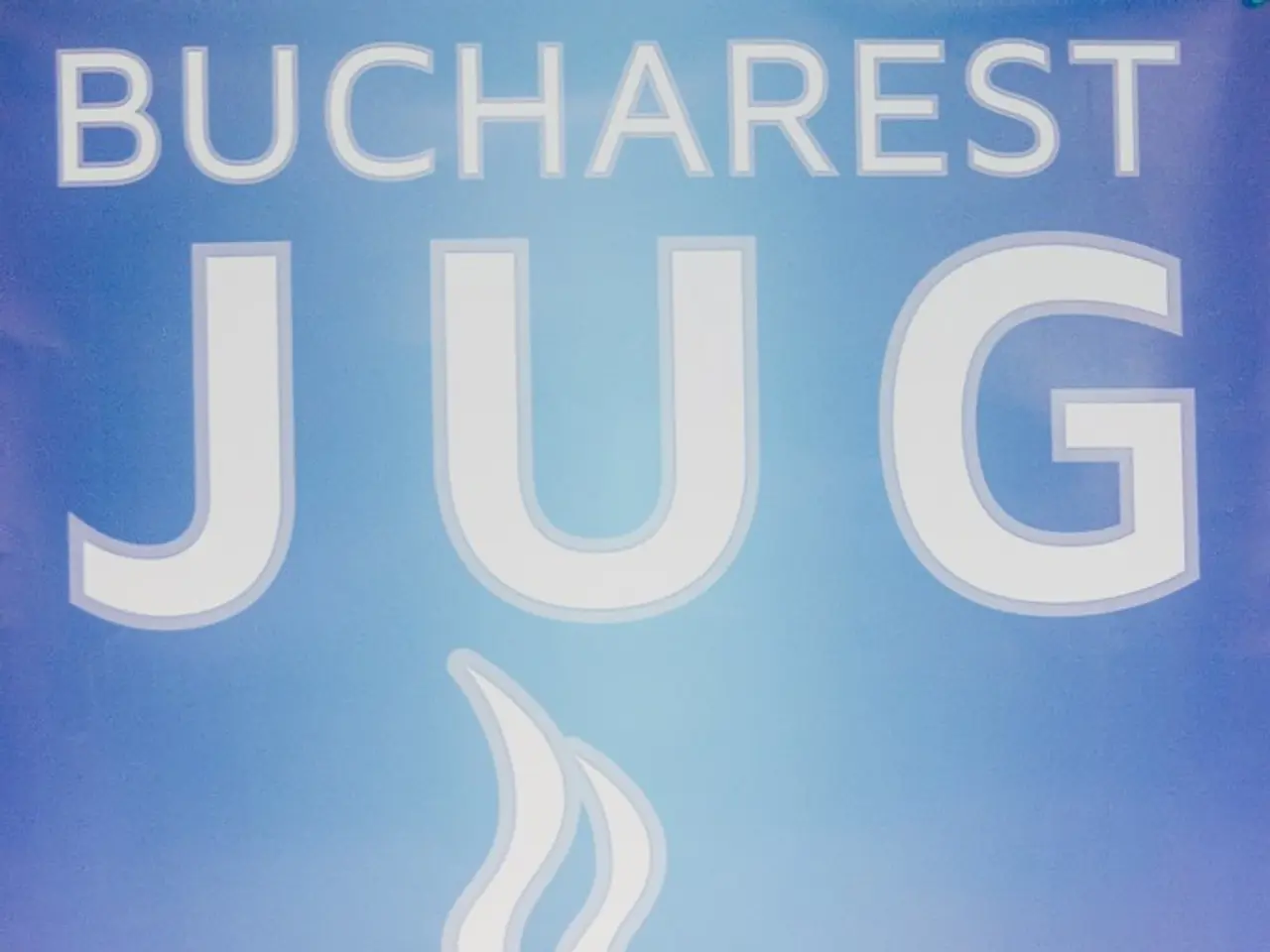Strengthening Disaster Preparedness: Catastrophe Bonds Serving as Financial Shock Absorbers for India and South Asia
In a bid to improve disaster risk financing, a proposed bill aims to define parametric triggers, tax treatment, and disclosure norms for catastrophe bonds (cat bonds). These financial instruments have gained prominence globally as a sophisticated tool that allows governments and insurers to transfer climate-induced disaster risk to global capital markets.
Originating in the United States in the 1990s after major events like Hurricane Andrew, cat bonds have evolved significantly. They gained substantial momentum after the global financial crisis, as investors sought more diversified assets uncorrelated to standard financial markets. By 2025, the global cat bond market had grown rapidly to over $50 billion outstanding, with issuance in the first half of 2025 alone nearing $17.8 billion.
Cat bonds function as hybrid instruments, combining insurance and debt features. Investors provide capital that governments or insurers receive upfront. If a predefined disaster event occurs, investors lose some or all of their principal to fund recovery efforts. If no catastrophe triggers the bond, investors earn relatively high interest rates. This structure opens access to capital beyond traditional insurance and reinsurance markets, reduces reliance on limited insurance capacity, and lowers counterparty risk.
In the context of climate-induced catastrophes, especially in vulnerable regions like India, cat bonds serve as an innovative tool to enhance climate resilience and safeguard public finances by ensuring faster post-disaster payouts, which are critical for timely relief and reconstruction. Programs such as those supported by the World Bank and partners emphasize the role of disaster risk management innovation, including cat bonds, to build climate-resilient infrastructure and national strategies in low- and middle-income countries.
Advantages of catastrophe bonds in disaster risk financing include:
- Diversification of risk beyond traditional insurance markets.
- Rapid liquidity after catastrophic events, enabling quick disaster response.
- Reduction of fiscal burden on governments by transferring risk to capital markets.
- Attraction of global investors due to instrument’s high yields and low correlation with other asset classes.
- Increased overall resilience of financial systems to climate-related shocks.
Notably, institutions like Flood Re in the UK are adopting cat bonds to manage increasing flood risk costs driven by climate change, illustrating the practical application of these instruments beyond sovereign issuers to specialized schemes tackling global climate risks.
In India, the average annual loss (AAL) due to multi-hazards is estimated to be roughly ₹80,000 crore (approximately US $10 billion). However, budget allocations for disaster response funds are well below this estimated AAL. To address this gap, plans are underway to leverage India Stack for claims disbursement, linking Aadhaar-enabled bank accounts with geotagged property databases.
Moreover, a National Hazard Data Lake is suggested, integrating data from the Indian Meteorological Department, National Centre for Seismology, and remote-sensing feeds. This initiative aims to provide a comprehensive and accurate picture of disaster risks in the country.
In addition to fiscal shielding and rapid liquidity, catastrophe bonds offer benefits such as disaster perils being largely uncorrelated with market cycles, making them attractive for risk diversification. A Green Resilience Sovereign Bond Basket is suggested, blending cat-bonds with green bonds to attract ESG-focused funds.
The catastrophe bond market is not considered a silver bullet but a practical fusion of finance, actuarial science, and climate adaptation. The World Bank has structured sovereign cat-bonds for several countries, including Mexico, Jamaica, Peru, Colombia, and the Philippines.
In conclusion, catastrophe bonds, when properly designed, can complement traditional budgetary provisioning and social protection. While they do not directly determine disaster resilience or elements of a resilience framework, they align with the principles of the Sendai Framework for Disaster Risk Reduction (2015-2030) by providing a practical tool in disaster risk financing. State-Level Mitigation Scorecards are proposed, tied to performance to incentivize resilience spending and curb moral hazard.
- The evolution of catastrophe bonds, initially originating in the United States, has seen them increasingly being used as a tool for disaster risk financing in vulnerable regions such as India, where climate-induced catastrophes pose a significant threat.
- In an effort to safeguard public finances in the face of catastrophic events, catastrophe bonds can offer faster post-disaster payouts, as demonstrated by programs supported by institutions like the World Bank.
- By attracting global investors due to their high yields and low correlation with other asset classes, catastrophe bonds can provide a means to diversify risk beyond traditional insurance markets.
- As climate change continues to drive up flood risks, institutions like Flood Re in the UK are turning to catastrophe bonds as a solution for managing these costs, highlighting their practical application in tackling global climate risks.




